03 Mar L’Hospici de Girona (1769-1963). Silences and words of a world in seclusion
Edition
Editorial Gavarres
Editorial management
Àngel Madrià i Dolors Roset
Author
Céline Mutos Xicola
Linguistic revision
Roser Bech Padrosa i Sara Borrell
Graphic project
Grup Gavarres
Layout design
Jon Giere
Photograph of the witnesses
Aniol Resclosa i Planes
Printing
Nexe Impressions
by Lluís Masdevall
L’Hospici de Girona (1769-1963). Silencis i paraules d’un món en reclusió is a very special book for me and my family. In a way, but not only, because we could consider that the genesis of Nexe Impressions in Girona and Les Caméléons Artisans de l’Image in Paris is due to a series of coincidences and historical and personal circumstances that go back there. My father, Jaume Masdevall i Boada (RIP), was born and lived there until the age of 14, at which age the institution considered that the child could already be inserted into society and therefore ceased to be in charge of charity. At a very young age, then, my father began to learn the trade of printers at the hospice school and this allowed him to practice it and forge a future in the now-defunct Impremta Moderna and Impremta Llach de Girona, until the end of his short life. In fact, this is one of the reasons why I am also a printer, and it has been a very emotional experience to discover what I will explain a little below, thanks to the excellent work of Céline Mutos and the good to make the good friend and great publisher Àngel Madrià of Editorial Gavarres.
Historical research work always has a shaking component, and in this case with more reason: the hospice as the origin and destination of the children who lived there (lived badly) and lived together was buried in tons of secrecy and opacity. This work does historical and almost poetic justice by giving voice to those children, today all of them very worthy grandparents, rescuing from oblivion and darkness the memory of an era that we must remember and honor.
My father did not know his parents, nor any other relative, he was one of the orphaned dwarfs of the Spanish postwar period. He always told us that the only thing he had to thank them for was leaving him the surnames Masdevall and Boada. As I told you, thanks to Céline we discovered that… not even that! The surnames were given to them by the chaplain on duty at the time, in what seems to be a common practice for abandoned expats: that the chaplain give them surnames linked to the land where they were born, so that at least they could feel the bond of belonging somewhere. I must confess, then, that the surname Masdevall that we inherited from my sister Laura, my two children, Jaume and Arnau, and myself is the result of the subjective choice of a Catalan chaplain of the postwar period, and never we can thank Céline and her research work enough for a fact that has fully impacted our family, the discovery of our grandmother, Teresa Vila i Sastre, daughter of Sant Joan de Mollet.
It turns out that in the end, Dad, you did have a mother and more on the edge than you could have ever imagined, so close and so far away, in the abyss of the orphanage. Who was to tell us that you were neighbors for 14 years, sidewalk by sidewalk where you worked, in the now defunct Impremta Llach, at 44 Santa Clara Street in Girona, the grandmother, that photograph always absent, he lived at number 30 on the same street, an abyss at the foot of the street, on the same sidewalk. The story is served, the one that makes reality almost always above fiction. In Céline’s book, magnificently edited by Editorial Gavarres, you will find disturbing, real, unknown stories of survivors condemned from the cradle and who have also left their mark on the city of Girona and its counties. Apart from a lot of intrahistory, boys and girls with different trades and who in most cases have been an example of overcoming and dignity in their lives, the hospice has also, in a way, left us through one of the his most illustrious children, the Girona artist Domènec Fita, an extraordinary artistic legacy for the city.
Can you imagine what life was like for the kids at the hospice? Do you want to make a small journey, social, political and even anthropological through the testimonies of those who lived there badly? Do you want to know the life in the city from 1769 to 1963, from a different point of view, silenced but very lively and emotional? Buy the book by Céline Mutos and Editorial Gavarres!
This magnificent historical work has been carried out by Céline Mutos Xicola, professor and researcher at the Universitat de Girona, which has been carefully edited by Editorial Gavarres, and which has been sponsored by Casa de Cultura de la Diputació de Girona and the collaboration of Ajuntament de Girona, the Fundació Fita and the company Nexe Impressions.
Specifications
Book in paperback sewn with flaps printed in UV LED
21 x 24 cm.
192 + covers with flaps
UV LED
Arena Natural Rough of 300 g. (Fedrigoni Papers) printed in 4 + 0
Arena Natural Rough of 90 g. (Fedrigoni Papers) printed in 2 + 2
Paperback sewn



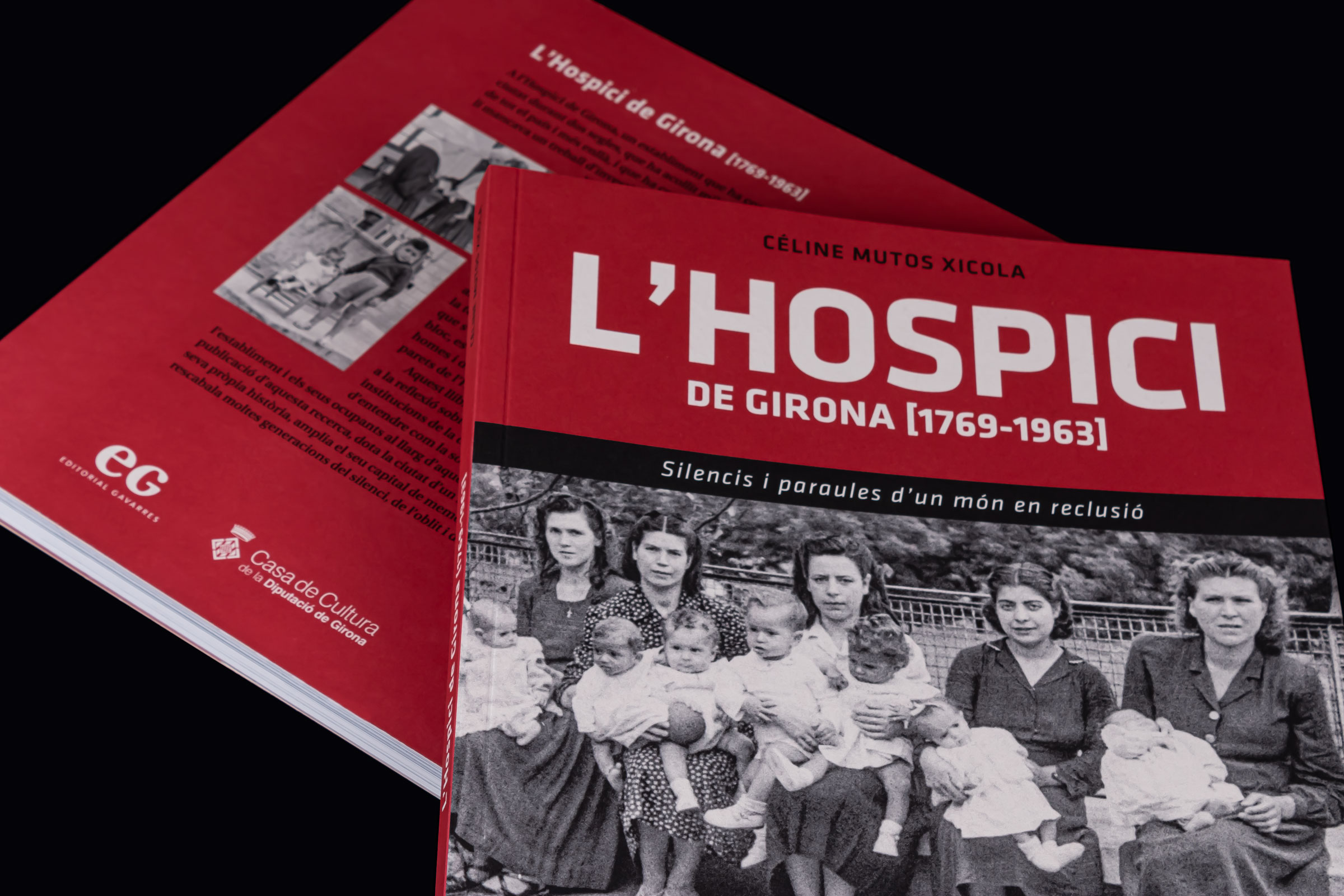
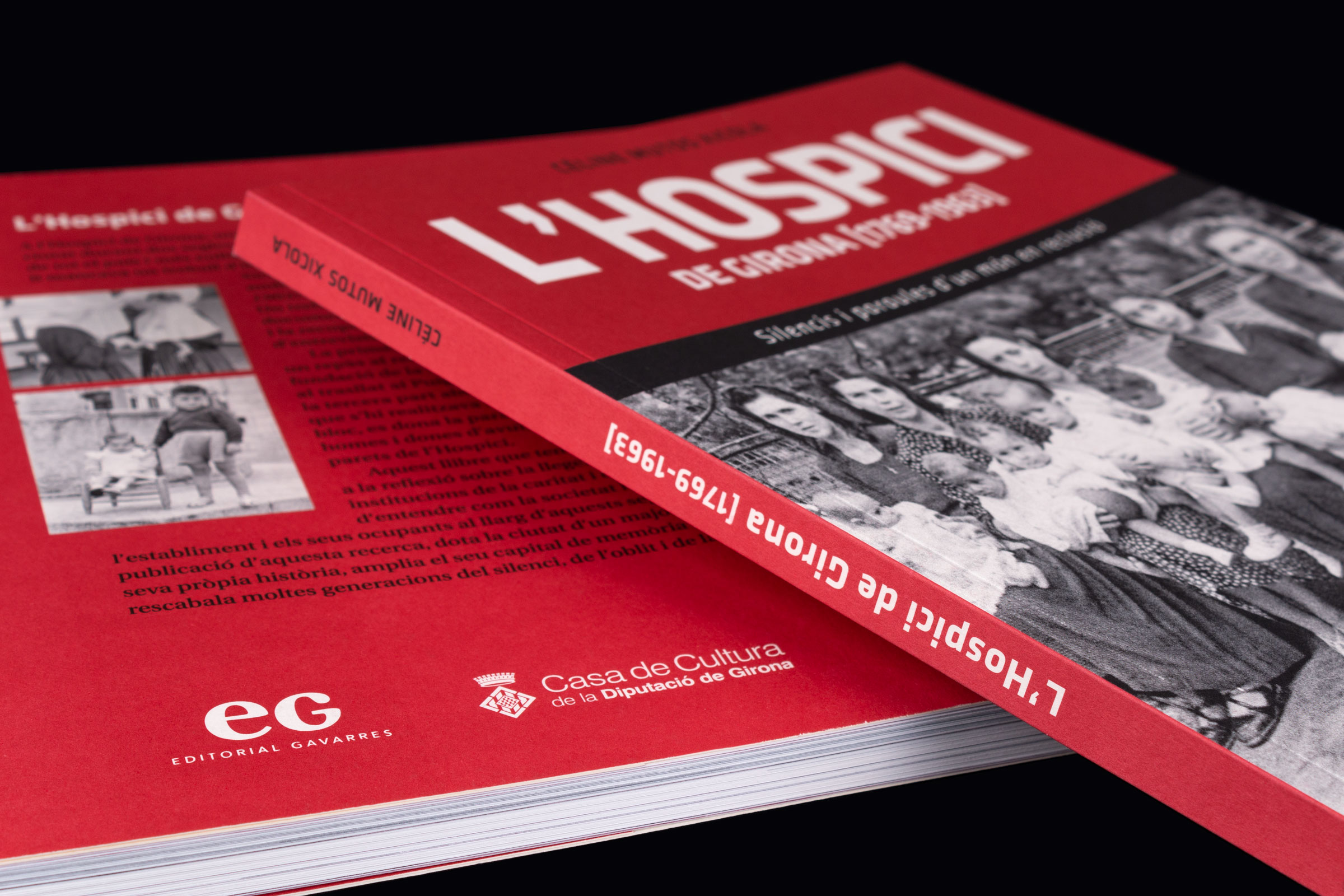
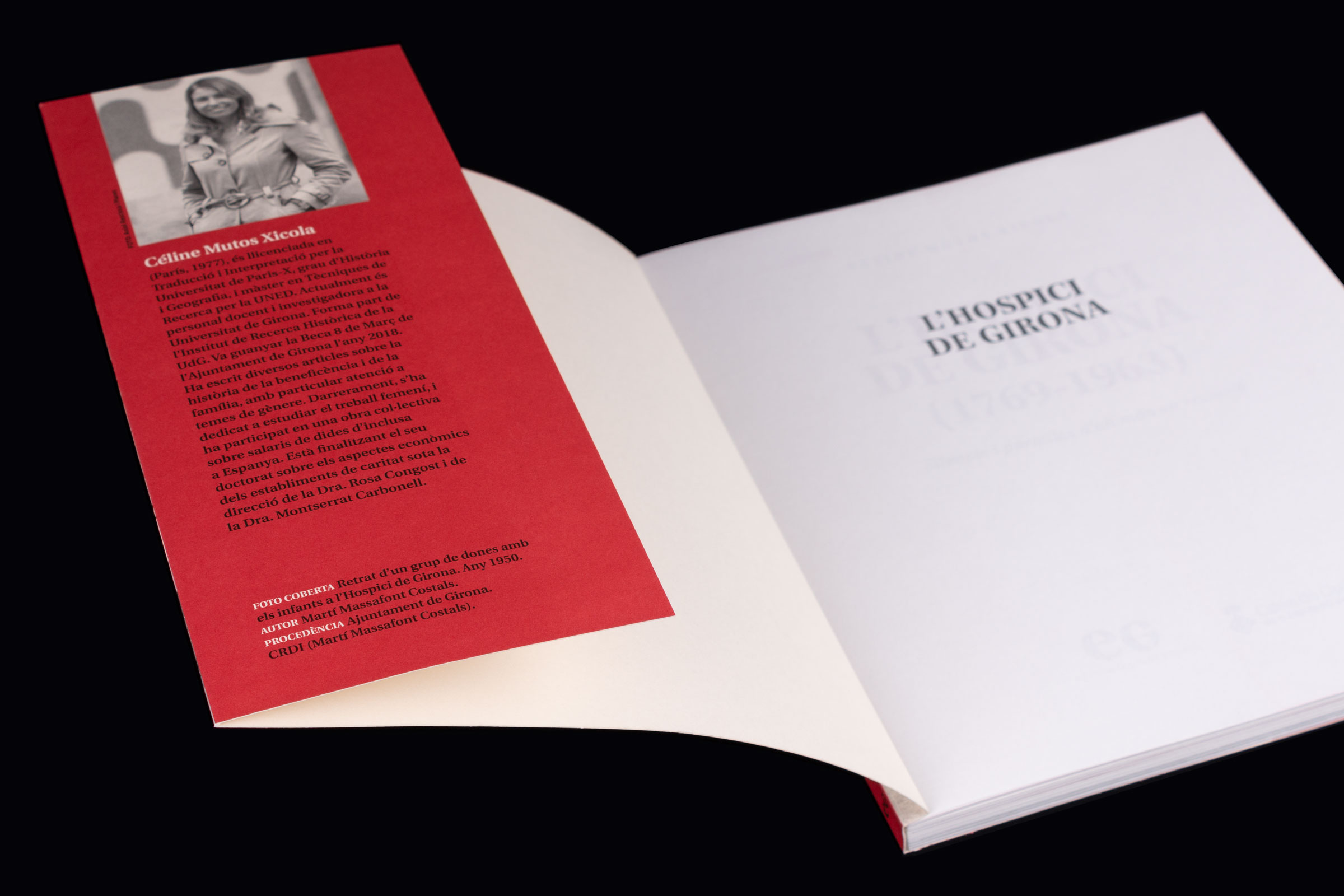
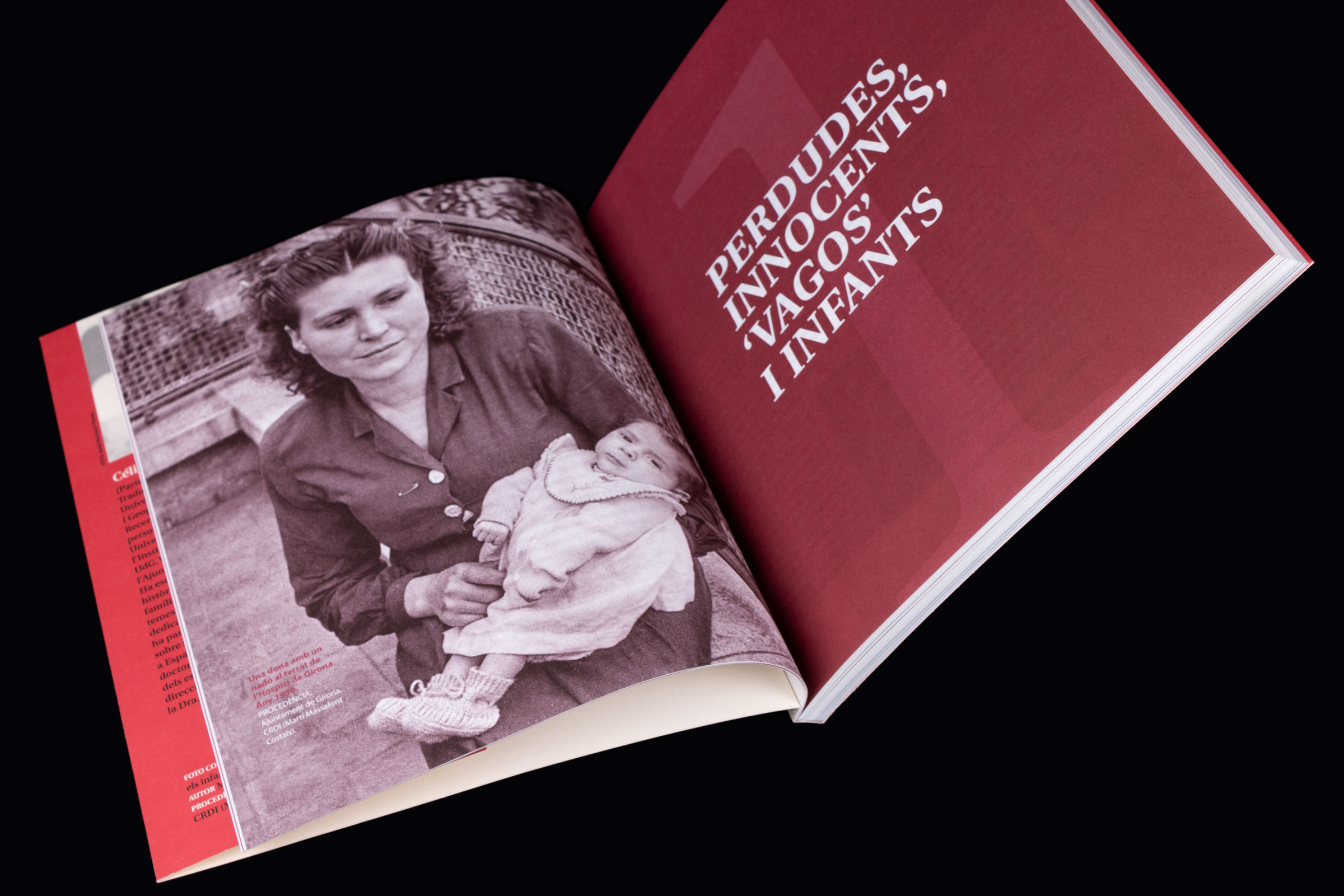
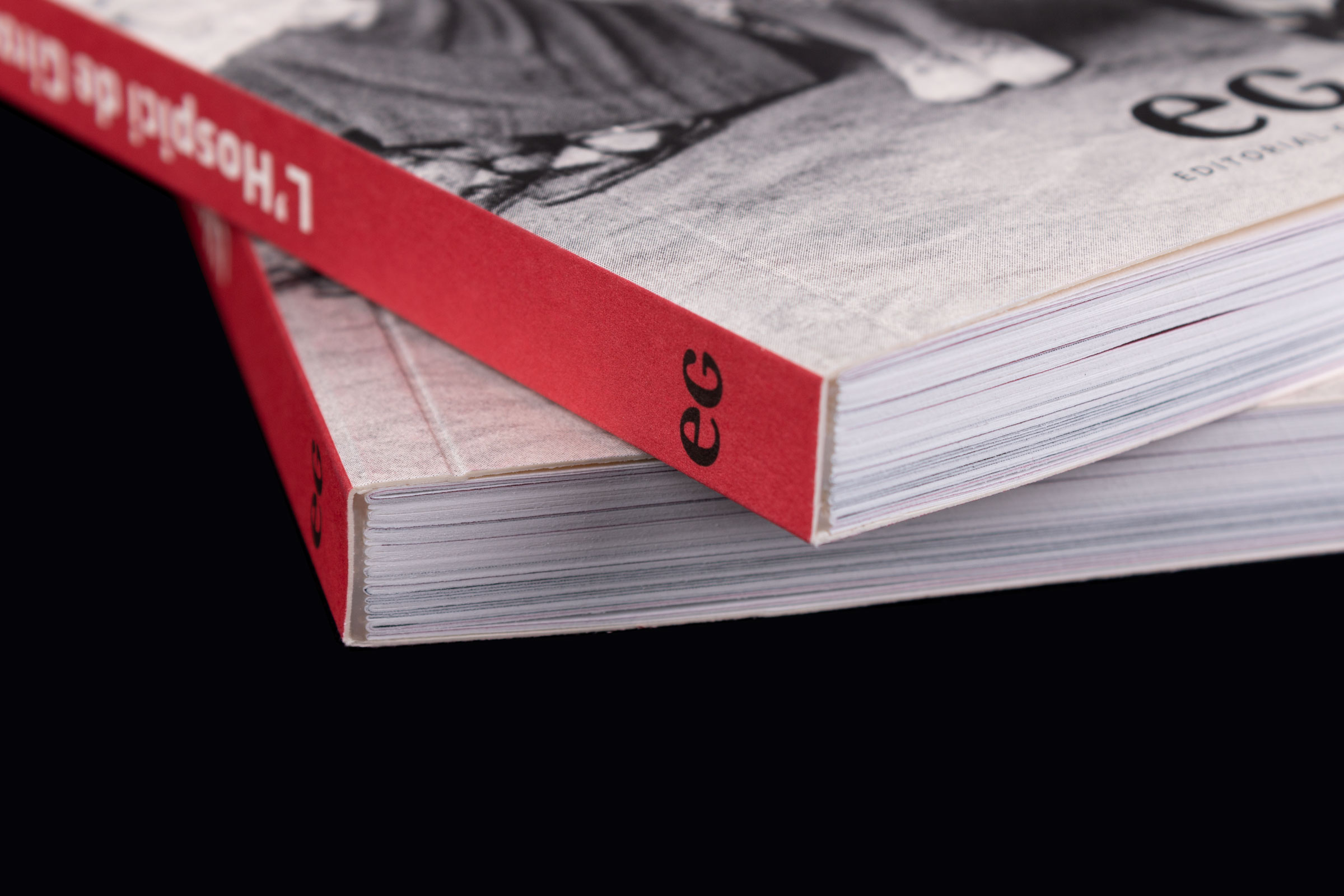
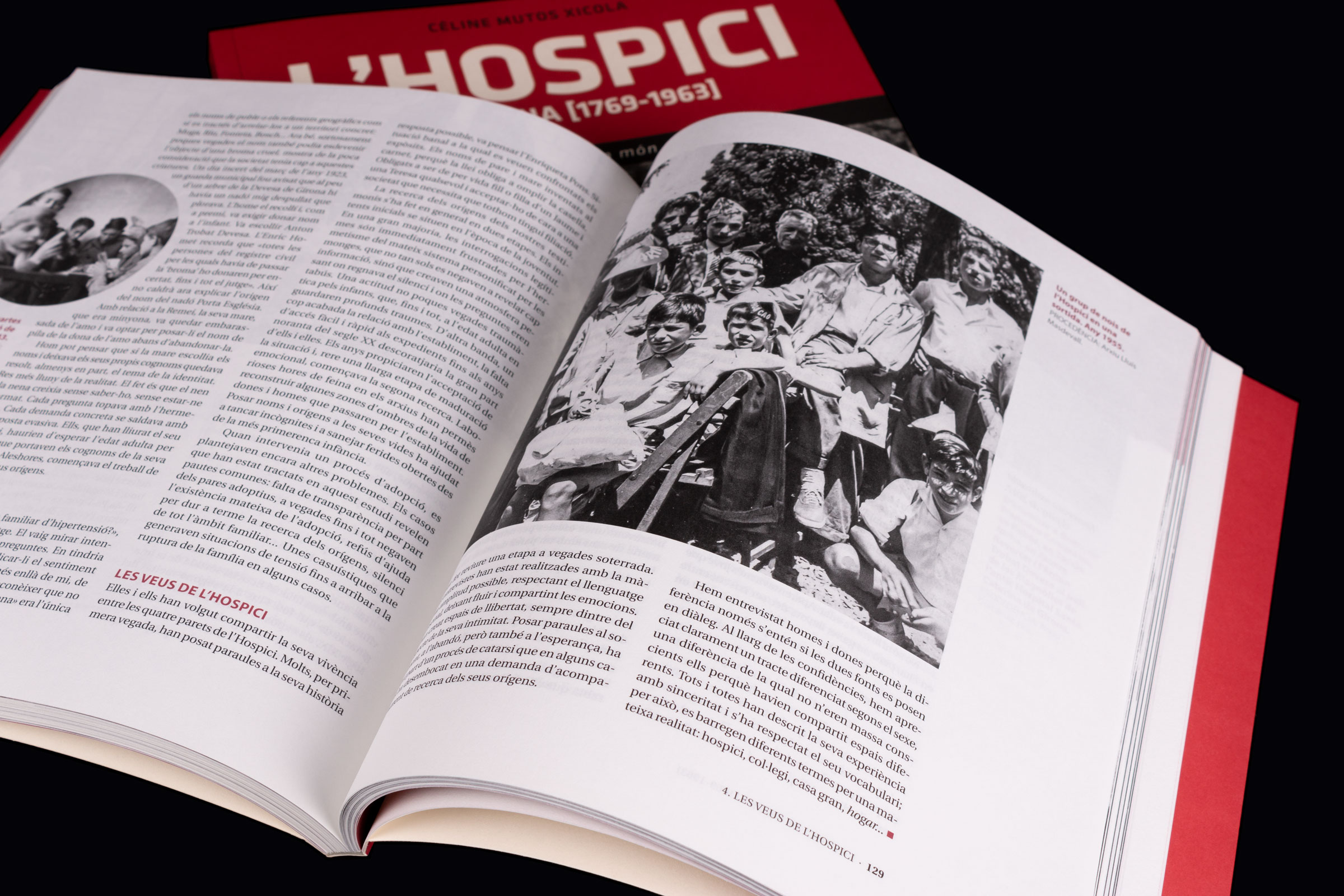
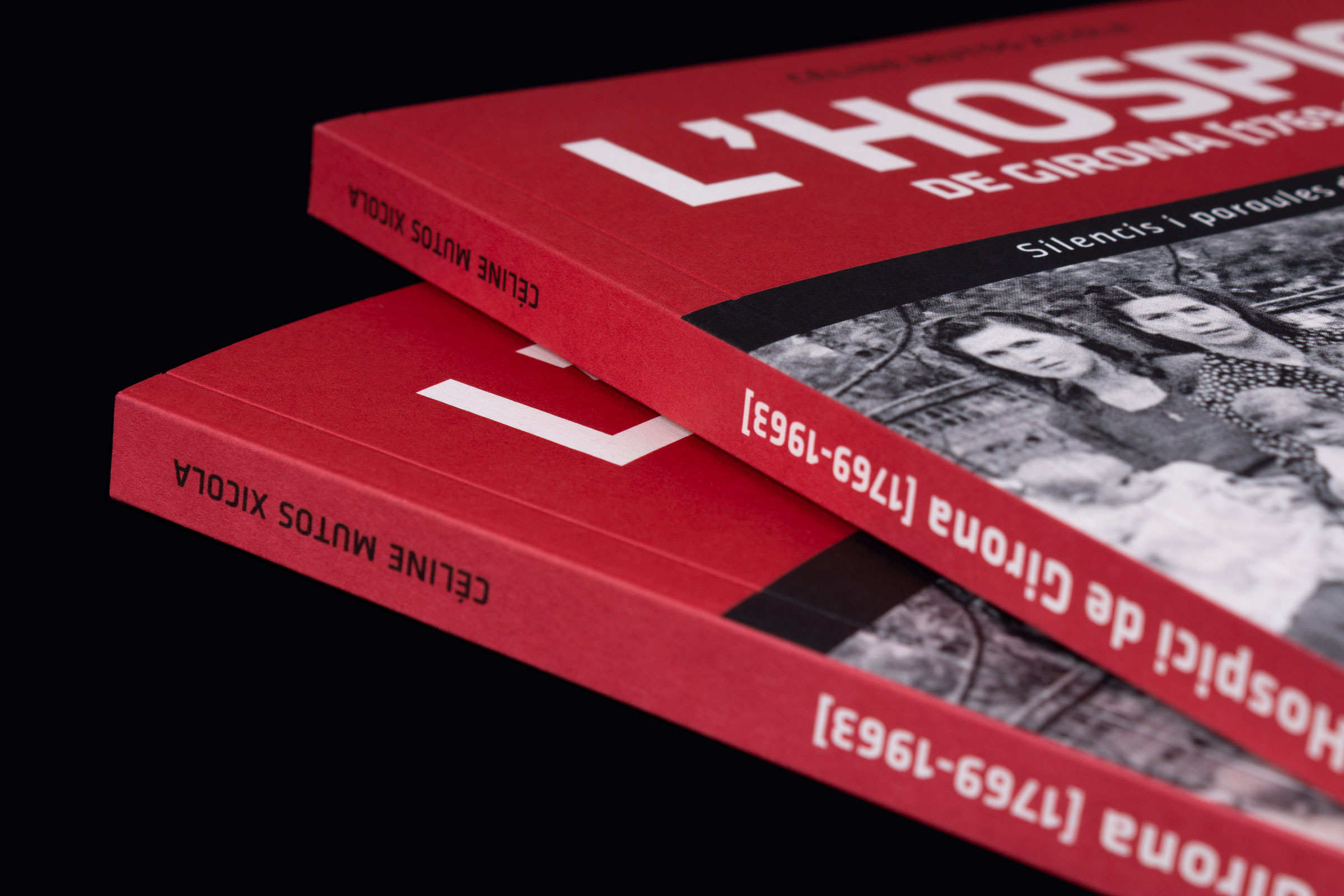

No Comments